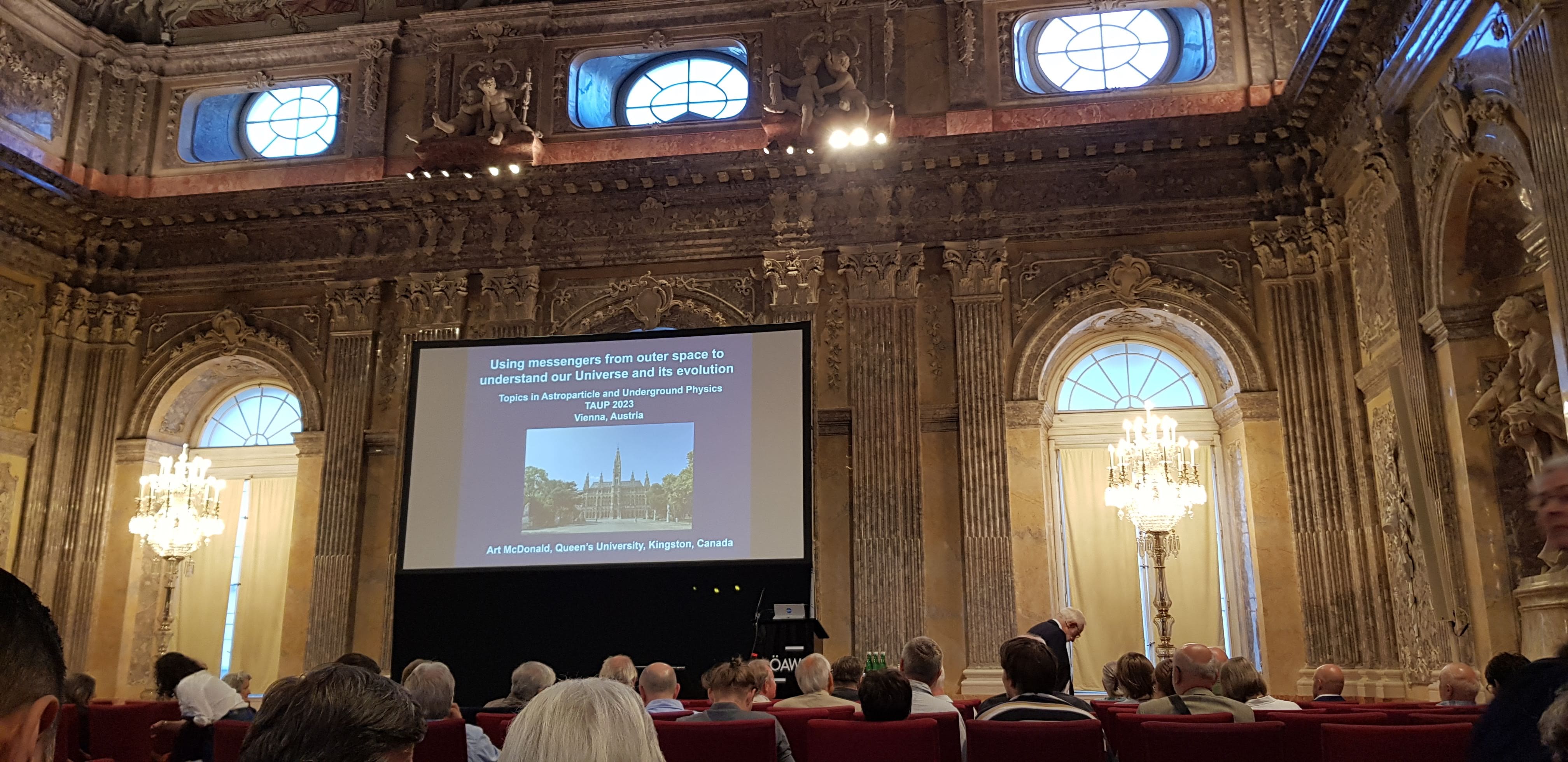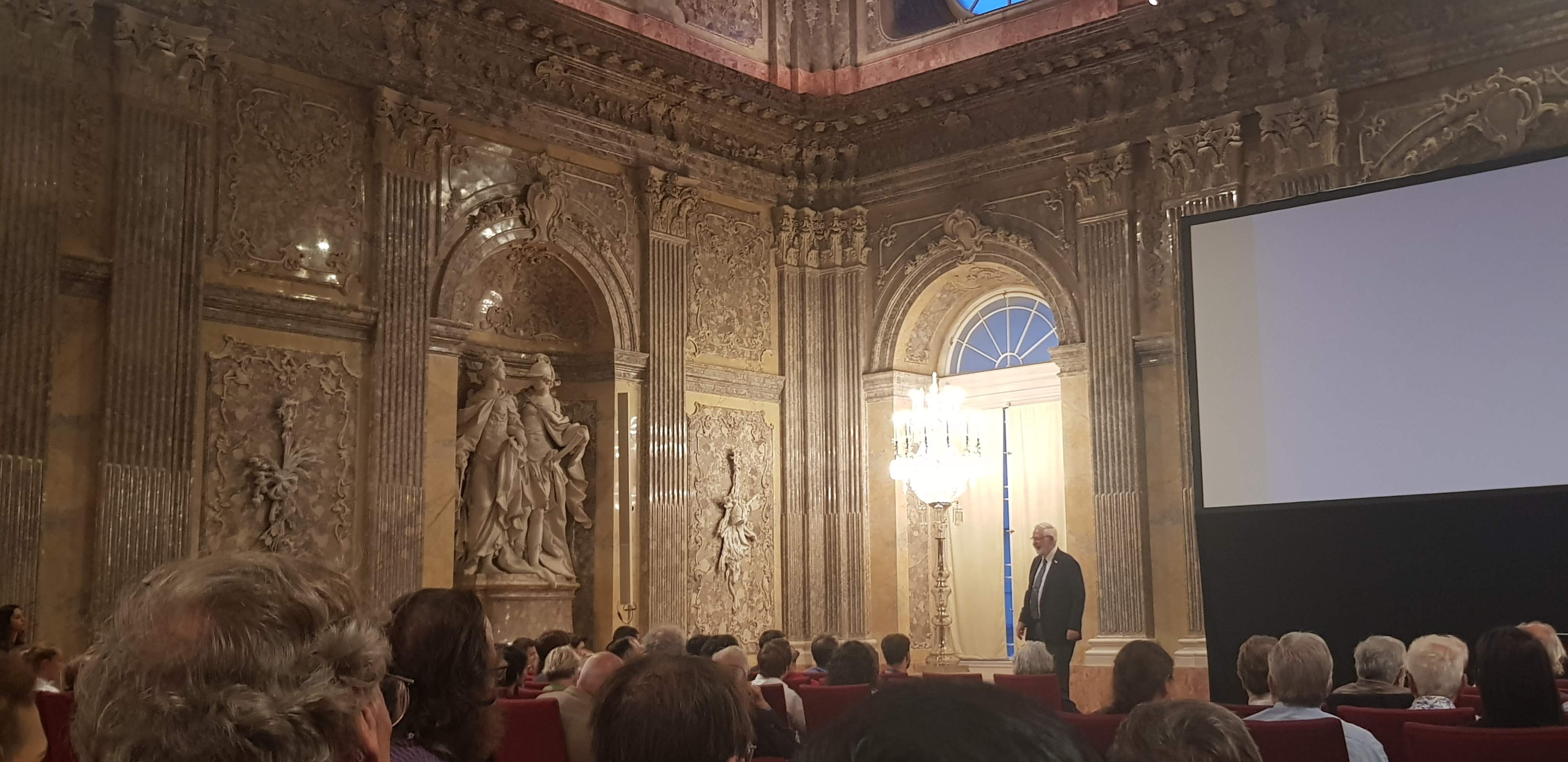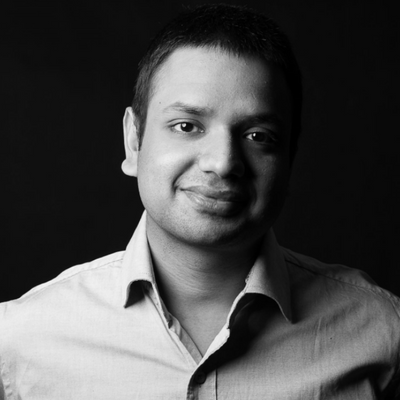As a researcher, one of the great perks is getting timely updates from colleagues about renowned scientists visiting our city. And this is exactly what happend last week during our weekly meeting when I received thrilling news: Nobel laureate Arthur B. McDonald was in Vienna, ready to deliver a lecture on dark matter. Now, I'm not a physicist by trade, but I'm a fervent lover of all things physics, so I knew I had to attend.
Meet Professor Arthur B. McDonald:
Let me take a moment to introduce you to the remarkable Professor Arthur B. McDonald. Born in 1943, he shared the 2015 Nobel Prize in Physics with Japanese physicist Takaaki Kajita. Their groundbreaking discovery of neutrino oscillations and the revelation that neutrinos possess mass reshaped the world of physics.
And here's a fun tidbit for fans of "The Big Bang Theory": Professor McDonald's former student actually wrote the physics equations used in the show! The professor even visited the set and met the cast after the winning the nobel prize.
The Lecture's Grand Setting:
Before diving into the lecture itself, let me paint a vivid picture of the lecture hall's grandeur. Picture this: we were sitting in plush, crimson comfortable chairs, and every seat was filled. The hall was fully packed, with hundreds of scientists and researchers present, creating an atmosphere of eager anticipation. The Austrian Academy of Sciences truly outdid themselves by organizing the event in a hall that felt more like a royal palace chamber. It was the perfect setting to honor a Nobel laureate, and I couldn't help but be awestruck by the choice of venue.
Regrettably, I was ill-prepared for photography at the event, managing only to capture a few low-quality images with my phone. Nevertheless, the grandeur of the hall left a lasting impression.


Exploring Dark Matter:
Professor McDonald's lecture delved into the mysteries of dark matter, a substance that far outweighs the visible matter in our galaxies. Dark matter's immense gravitational pull plays a pivotal role in binding galaxies together, preventing stars and planets from drifting apart or colliding. This gravitational force even shapes the appearance of galaxies, such as our own Milky Way, which takes on an elliptical form due to the influence of dark matter. As Professor McDonald emphasized, it's the unseen dark matter that truly sculpts our cosmic landscapes, echoing the insights of the great Albert Einstein.
While it's common knowledge that dark matter doesn't emit light, the lecture shed light on how scientists detect it. The answer lies in the detection of gravitational waves produced during the merger of black holes. Although delving into the specifics of this detection method is beyond the scope of this article, I encourage curious readers to explore the workings of the Laser Interferometer Gravitational-Wave Observatory (LIGO).
A notable point made by Professor McDonald was that, with advancing technologies, physicists now have a fairly good understanding of what happened after the Big Bang. However, the question of what happened before the big bang remains a tantalizing mystery.
The Humble Wisdom of a Nobel Laureate:
During the Q&A session, an audience member asked Professor McDonald about his “opinion” on what occurred before the Big Bang. To this, the professor replied that he is a scientist who speaks based on evidential proofs and doesn't merely share opinions. He added that he simply does not know the answer yet.
Throughout the session, he candidly admitted when he lacked answers, dispelling the misconception that Nobel laureates possess infinite knowledge.
Beyond the scientific insights, the most memorable takeaway was a lesson in humility. Professor McDonald reminded us that it's perfectly fine not to have all the answers and that acknowledging our limitations is essential. As someone immersed in the world of research, where uncertainty is an everyday companion, hearing these words from a Nobel laureate in his own field was deeply reassuring to me.
Disclaimer: The opinions expressed in this blog are my own. If you have any discrepancies or suggestions for improvements, please feel free to contact me. Your feedback is highly valued.
